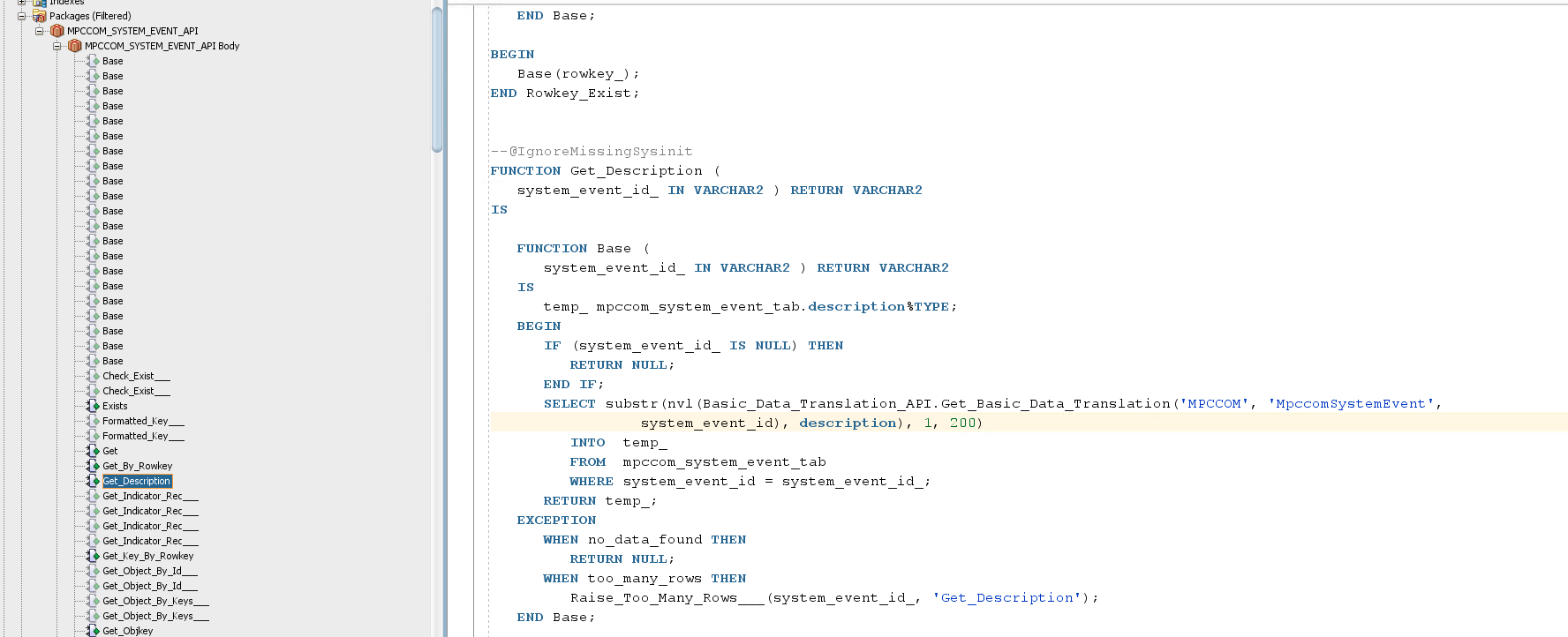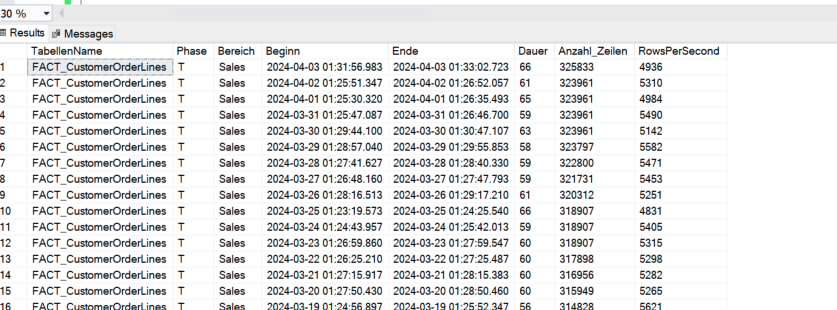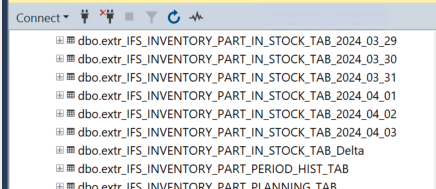Hi everyone,
this has already been somehow asked in a couple of other questions, but not exactly with a final solution.
Our business need is to have a complete and updated view of the supply chain for customer orders.
This could be provided by the supply_order_analysis_tab, but we know it is a temporary table, with data triggered by manual actions by users on customer order lines. This means that not all order lines are included, and the included chains might not be updated.
I have created SQLs using demad_ref_code and order_ref, and it works, but only at some extent.
Does anyone has the same need? Is there any solution, out-of-the-box or customized, a workaround, or any other known way?
We tried to trigger the tree generation procedure for all order lines and create a custom table but it’s obviously too much in terms of resources required and fails. Could an incremental solution work? What should it consider?
We are now on App9 and just started the project to move to IFS Cloud. From the first touches we had with Cloud, it seems that the behavior is the same: could anyone already on Cloud confirm?
Thanks for any feedback!
David









